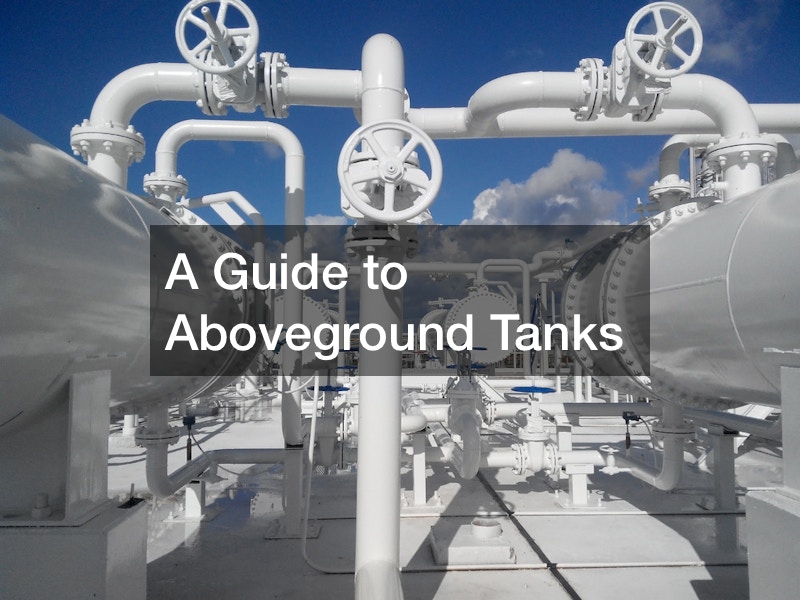Aboveground tanks are versatile storage solutions widely used across various industries for holding liquids, chemicals, fuels, and more. They offer several advantages and are crucial components in many operations. Here’s a guide to understanding these tanks:
1. Versatility: This type of tank is suitable for a wide range of applications. It’s commonly used for storing water, oil, chemicals, and hazardous materials.
2. Materials: These tanks are typically constructed from steel, fiberglass, or polyethylene. The choice of material depends on the substance to be stored, environmental factors, and regulations governing the storage.
3. Regulations and Compliance: Different industries have specific regulations regarding aboveground tank installation, maintenance, and safety. Compliance is crucial to ensure safe and legal operation.
4. Installation: Above-the-ground tanks are relatively easy to install. Proper foundation, support, and anchoring are essential to prevent leaks and ensure stability.
5. Environmental Protection: Adequate containment measures, such as secondary containment systems, are often required to prevent spills or leaks from reaching the environment. These systems provide an added layer of protection.
6. Maintenance: Regular inspections and maintenance are necessary to identify and address issues promptly.
7. Cost-Efficiency: Aboveground tanks are generally more cost-effective to install and maintain than underground tanks, which can require excavation and more extensive safety measures.
8. Customization: These tanks can be customized to fit specific space constraints and operational requirements.
9. Accessibility: Being above ground, these tanks are easily accessible for routine inspections, repairs, and cleaning. This accessibility ensures timely maintenance and reduces downtime.
.

